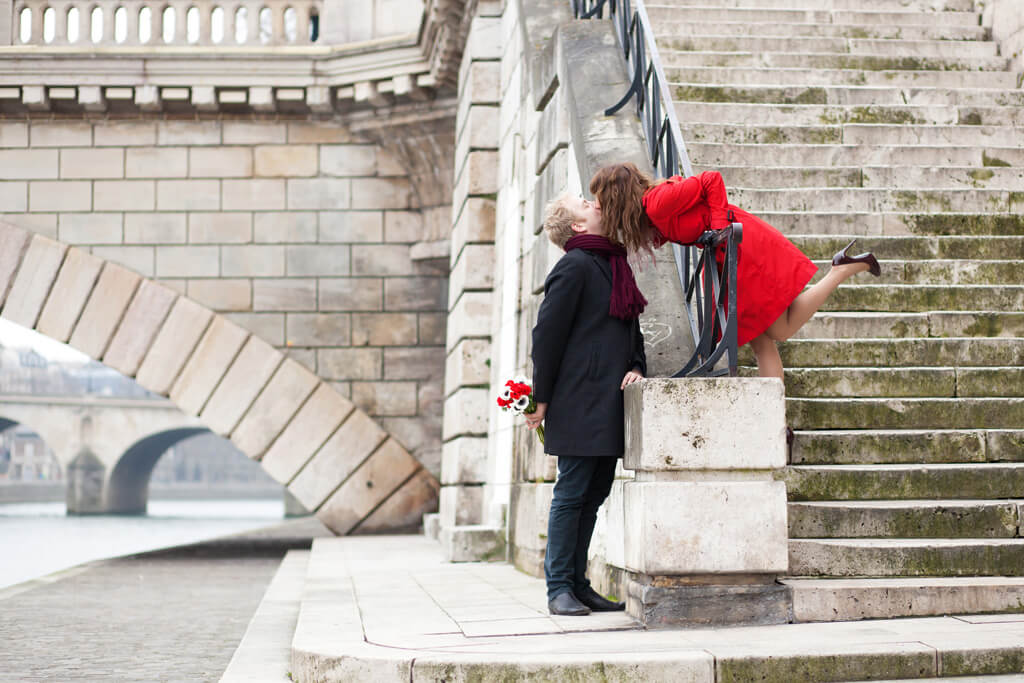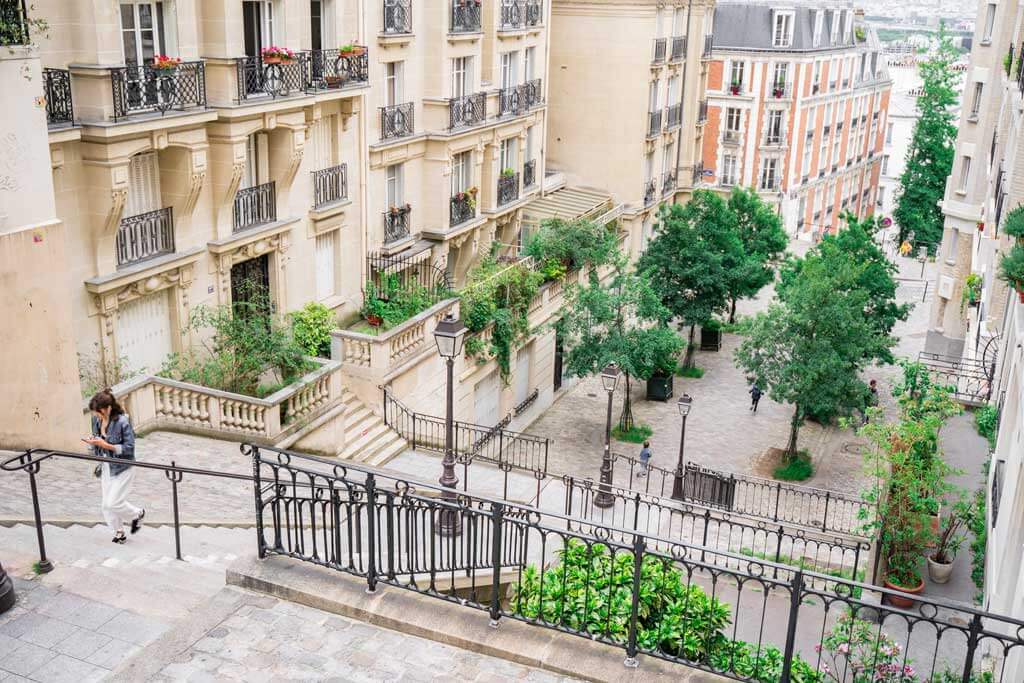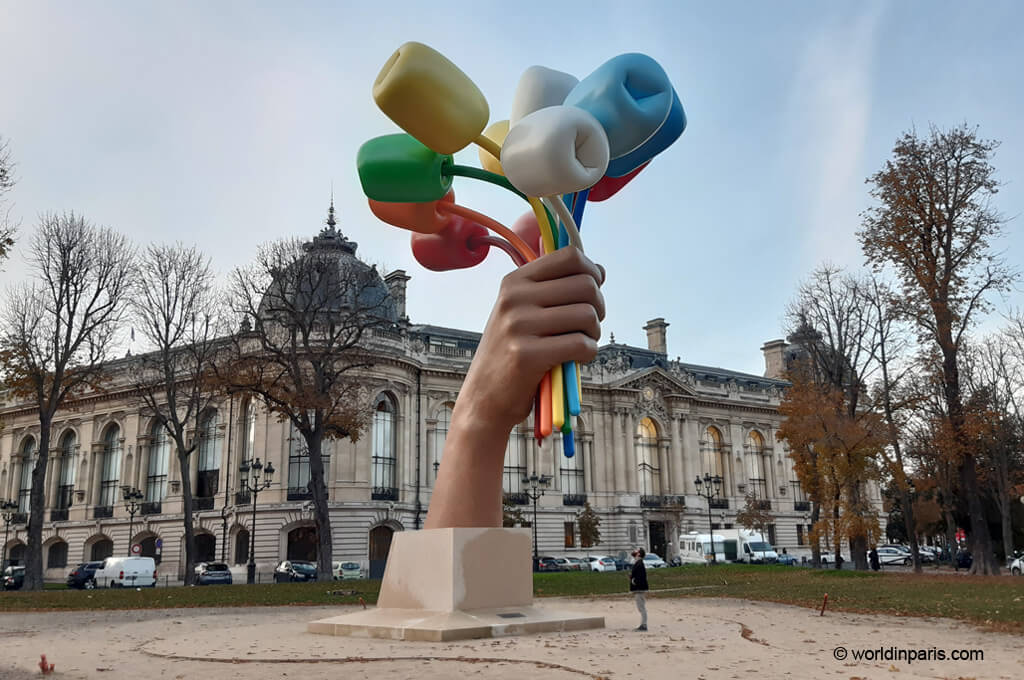Paris, City of Love
Why is Paris the City of Love? Read about how the reputation of Paris City of Love was born and why Paris is still one of the world’s most romantic cities, if not the most!
If you walk along the banks of the Seine River, the streets of Montmartre, or around the Eiffel Tower, it is easy to spot couples of lovers everywhere. After all, this is Paris, the City of Love.
Communication services and tourist agencies carefully maintain the gentle and benevolent image of Paris City of Love to the point that today, Paris is considered one of the top destinations for a romantic getaway or the perfect honeymoon.
Yet a century ago, this radiant reputation of “Paris City of Love” was not that of sincere love but rather that of mercenary love. For it was largely the expansion of the body trade in the 19th century that gave Paris its erotic, later romantic, aura…
Are You Planning a Trip to Paris Last Minute?
If you are booking a last-minute trip to Paris, I’ve got you covered! Below are our guides, top tours, hotels, and more:
» Plan: Paris Travel Planner; Paris Arrondissements Guide; Check out the best Paris Metro tickets for tourists
» Book your flight tickets with Omio; book your train tickets with Omio
Book your transfer from the airport to the city with Welcome Pickups.
» Where to Stay: Best Districts to Stay in Paris
- Le Pavillon de la Reine (historical 5-star hotel in Le Marais)
- Hotel La Comtesse (mid-range hotel with Eiffel Tower view from all the rooms!)
- Hotel Ducs de Bourgogne (super central 4-star hotel near the Louvre)
» Top-Rated Paris Tours & Tickets:
- Louvre Museum Skip-the-Line Ticket
- Eiffel Tower Summit Access Ticket
- Seine River Night Cruise
- Château de Versailles and Gardens
- Catacombs Skip-the-line tour with VIP access to restricted areas
Want skip-the-line access at museums & attractions in Paris? Get your hands on a Paris Museum Pass!
» Don’t leave without travel insurance! SafetyWing Essential plan works well for long and short trips (from 5 days up). Can also cover electronics theft through their add-on.
How Did Paris Become the City of Love (Merchant Love)
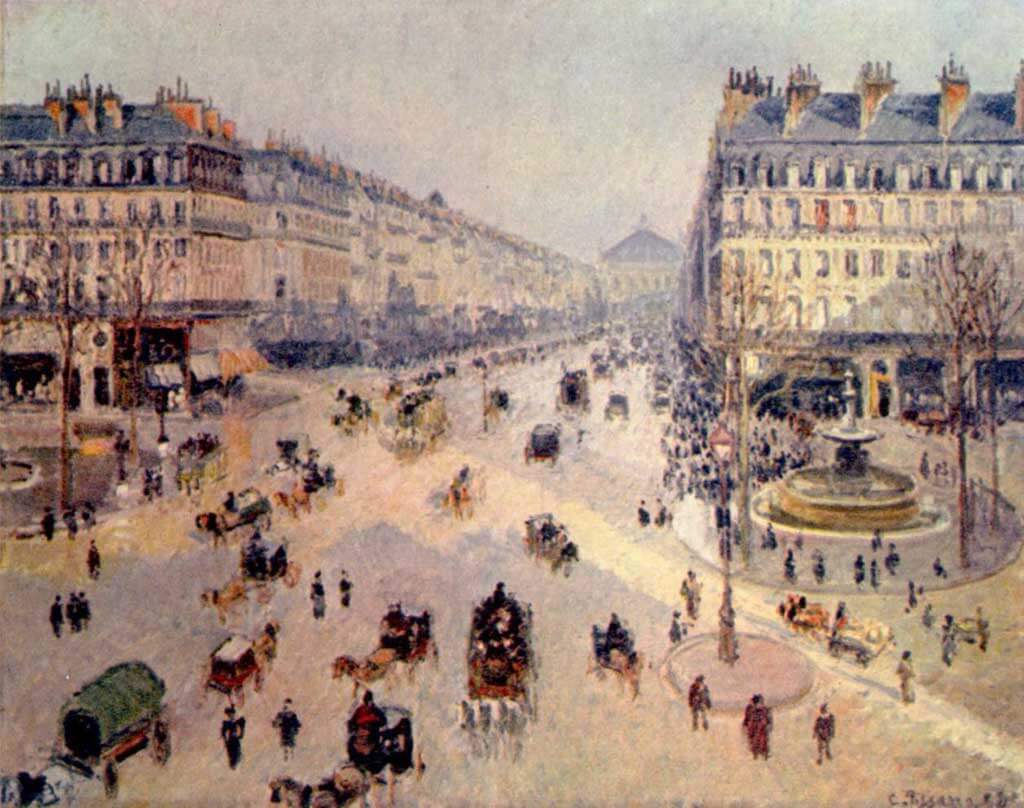
When did Paris become the City of Love? By the end of the 19th century, Paris established itself as Paris City of Love. At that time, France was under the Third Empire, sideburns were in fashion, and the Parisian society and moral codes were very different from what we know today.
In the Paris of the Third Empire, the married couple was not the place of carnal desire. “If a wife destined to be honest sought to provoke the desire of her husband, she could attract the discontent of him.”
To avoid this unwanted situation, husbands in Paris made extensive use of the “asphalteuses,” “lorettes,” “pierreuses”… in other words, prostitutes.
There was a clear division of women between whores and household angels. Wives had to be respected and treated like pretty dolls, while prostitutes or women with a sexual life outside of marriage were the women with whom men experienced sexual pleasure and love passion.
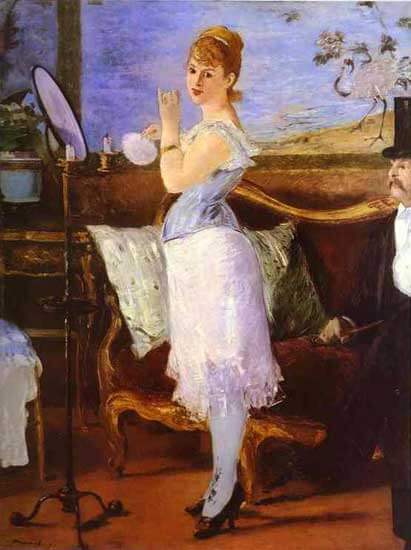
The bourgeois wife had to stay at home and take care of it. At that time, women in Paris could not go to a café or a restaurant alone without risking being considered a “femme de petite vertu” (woman of little virtue). On the other hand, it was common to see honest men in the company of courtesans in these places without the need to hide it.
This social phenomenon was similar in other big cities like Berlin or New York, so why is Paris the City of Love instead of Berlin or New York?
Paris and the Haussmann Works
To make the long story short, this social phenomenon was MUCH more visible in Paris.
By the end of the 19th century, the French capital was overcrowded, dingy, dirty, and riddled with disease. Why – Emperor Bonaparte pondered – was it not more like London, with its grand parks and gardens, tree-lined avenues, and modern sewage system? Paris – he declared – needed light, air, clean water, and good sanitation!
Napoleon III commissioned Baron Haussmann to clean up and embellish Paris. Haussmann cut a swath through the cramped and chaotic labyrinth of slum streets in medieval Paris, knocked down 12,000 buildings, cleared space for the Opera Garnier and Les Halles marketplace, and connected the new train terminals with his long, wide, and straight avenues.
The winding and dirty streets of medieval Paris were home to prostitutes. Chassed from their former territories, a real female migration took place from these districts towards the boulevards of the Madeleine, des Capucines, des Italiens… These women were nicknamed the “asphalteuses” (from “asphalt” or women of the streets).
Just behind these magnificent Grands Boulevards, it was easy to find brothels of all kinds and budgets. Cafés and restaurants were places of culinary tourism as well as important places of prostitution, while balls or café-concerts mingled gallant men and public girls.
Prostitution activity in the Paris of the Third Empire also grew because there were a large number of single men: migrants, militaries, students, and especially workers. The Haussmann Works were the most extensive public works program ever carried out in a European city, turning Paris into a vast building site for over 17 years. This situation attracted workers from France and Europe who wanted to have fun after their working days. The French Capital was called Paris, THE City of Love because it was able to meet this high “love demand.”

The World Fairs in Paris
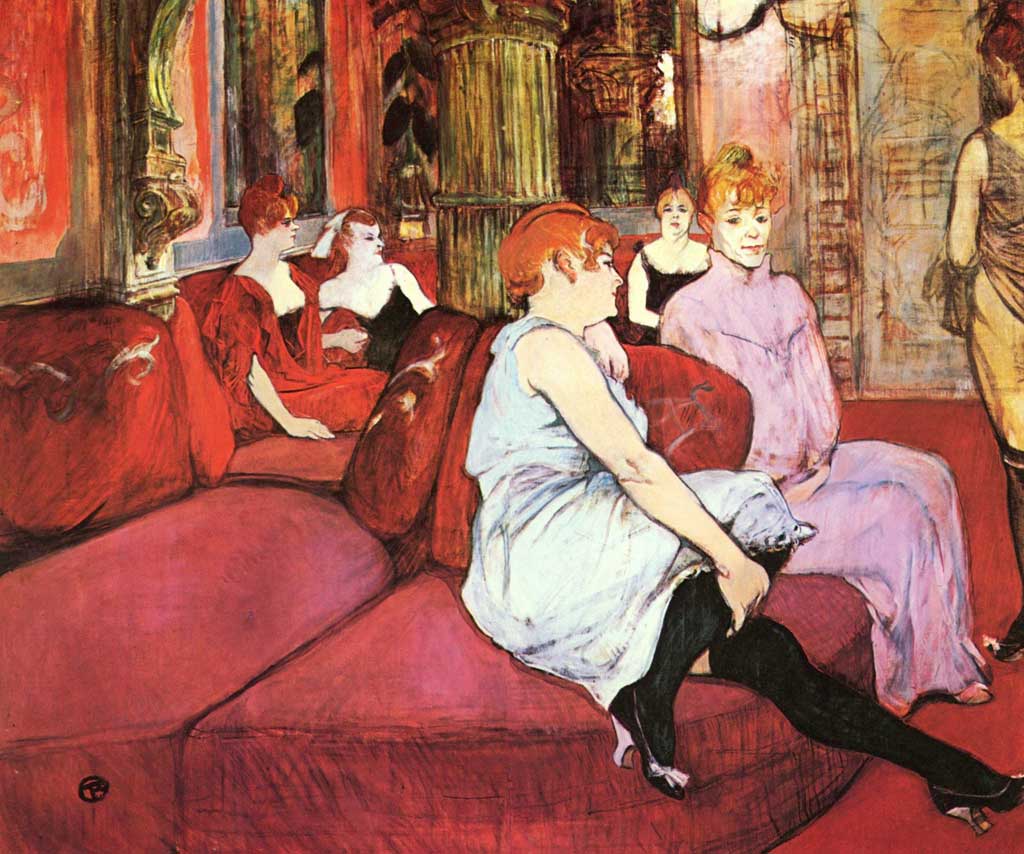
During the Third Empire, the phenomenon of sex tourism was particularly significant during the World Fairs and other important fairs in Paris to the point that the French capital was known as “the brothel of Europe.” Historians count 2,650 official prostitutes in Paris in 1878 and 6,000 official prostitutes in 1900!
Around these World Fairs, the first “prostitution guidebooks” of Paris appeared, and they were translated into different languages. These guidebooks claimed to be “for the exclusive use of men” and only indicated “places of pleasure where a man cannot visit with his legitimate wife and children.”
The list of famous brothels in Paris, also known as “maisons closes,” included Le Chabanais (12 Rue Chabanais Paris 1, until 1946), La Fleur Blanche (6 Rue des Moulins, famous for its “torture room”), L’Étoile de Kléber (4 Rue Paul-Valéry), One-Two-Two, Le Sphinx, and Raspoutine.
Nicknamed “maisons d’abattage” (slaughterhouses in English), this (also popular) type of brothel catered to the masses. The clients took numbered tickets and lined up for their turn. The list of most famous maisons d’abbattage included Le Fourcy (10 Rue de Fourcy), the Lanterne Verte (Rue de Chartres), and Le Moulin Galant (also in Rue Fourcy). The prostitutes would service 60 to 100 clients a day.
The Abbey was a brothel catering to Clergymen in Rue Saint-Sulpice, with various torture chambers inspired by the life of saints.
The French government sometimes included a visit to Le Chabanais as part of the program for foreign guests of state, disguising it as a “visit with the President of the Senate” in the official program at the opening of the World’s Fair in 1889.
Even the Tsar of Russia, during the Paris World Fair of 1867, only granted a quick visit to the various pavilions for the benefit of a dinner at the Café Anglais, a performance of The Grand Duchess of Gerolstein at the Théâtre des Variétés and two visits to the Mabille ball.
Why is Paris Called the City of Love Today
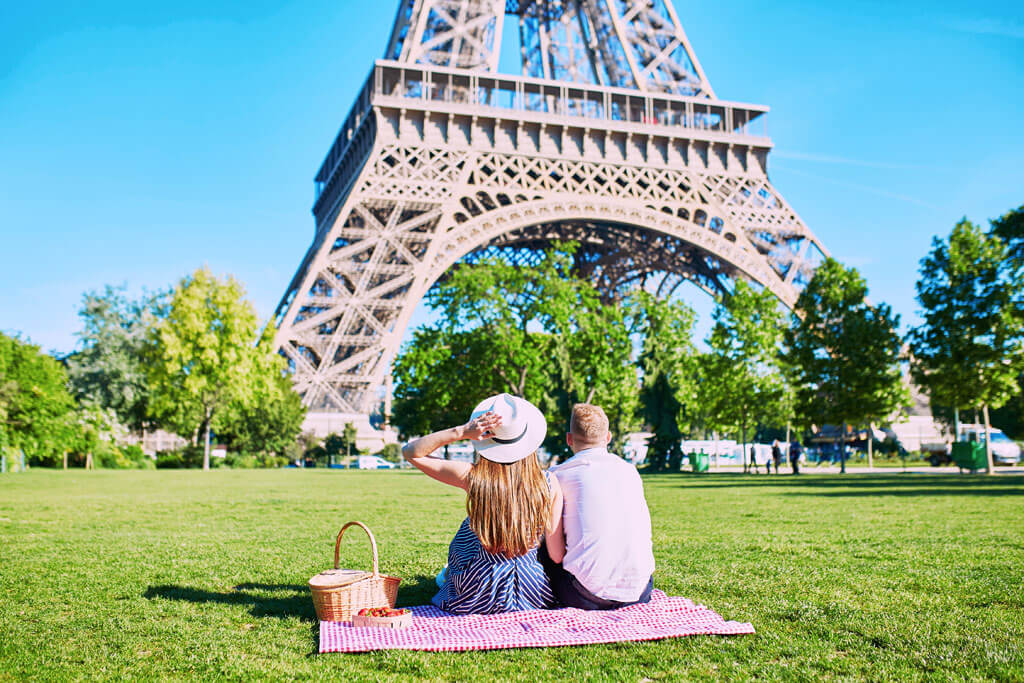
READ MORE: Why is Paris always a good idea? My love letter to Paris.
The evolution of Parisian women in society has enabled the City of Light to go from the “European brothel” to the romantic city par excellence. Parisian women started to emancipate, and they also populated public places like cafés or restaurants. These women married for love to men with whom they could live a passion.
Why is Paris known as the City of Love today? Why is Paris so romantic? Thanks to its history, wide avenues, elegant buildings, and lovely parks, Paris became a muse for many national and international artists. Therefore, all the romanticism and inspiration were somewhat shown in their works.
The iconic Eiffel Tower, Montmartre, a promenade along the Seine River, and many other romantic places make The City of Love, Paris, the perfect romantic destination of choice for lovers.

